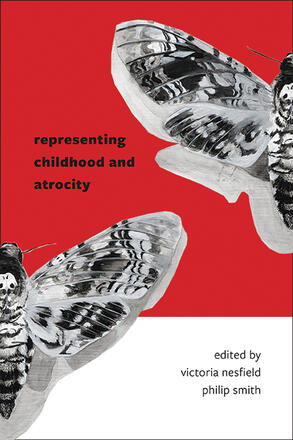
Representing Childhood and Atrocity
Alternative formats available from:
Examines the ways in which writers and artists have attempted to address children’s experience of atrocity.
Description
Atrocity presents a problem to the writer of children's literature. To represent events of such terrible magnitude and impersonal will as the Holocaust, the transatlantic slave trade, or the Rwandan genocide such that they fit into a three-act structure with a comprehensible moral and a happy ending is to do a disservice to the victims. Yet to confront children with the fact of widescale violence without resolution is to confront them with realities that may be emotionally disturbing and even damaging. Despite these challenges, however, there exists a considerable body of work for and about children that addresses atrocity. To examine the ways in which writers and artists have attempted to address children's experience of atrocity, this collection brings together original essays by an international group of scholars working in the fields of child studies, children's literature, comics studies, education, English literature, and Holocaust, genocide, and memory studies. It covers a broad geographical range and includes works by established authors and emerging voices.
Victoria Nesfield is Lecturer in Religion at York St John University in England. Philip Smith is Associate Chair and Professor of English at Savannah College of Art and Design. Together they are the coeditors of The Struggle for Understanding: Elie Wiesel's Literary Works, also published by SUNY Press.
Reviews
"…[a] collection of first-rate essays … The contributors not only demonstrate their familiarity with key texts by writers such as Michael Rothberg, Kenneth Kidd, and Hamida Bosmajian but also add significant new information and perspectives … Highly recommended." — CHOICE
"This carefully curated collection of essays draws on vital scholarship in children's literature and trauma studies to examine how aesthetic works produced by, for, and about young people address moments of historical atrocity that often defy representation. What is particularly impressive is its global scope: its contributors are scholars from around the world, and their respective pieces address traumatic events and structures of violence in Africa, Australia, East Asia, Europe, and North America. Overall, the collection demonstrates how young people's unique experiences of individual and collective trauma demand new ways of theorizing both childhood and atrocity." — Anastasia Ulanowicz, author of Second-Generation Memory and Contemporary Children's Literature: Ghost Images